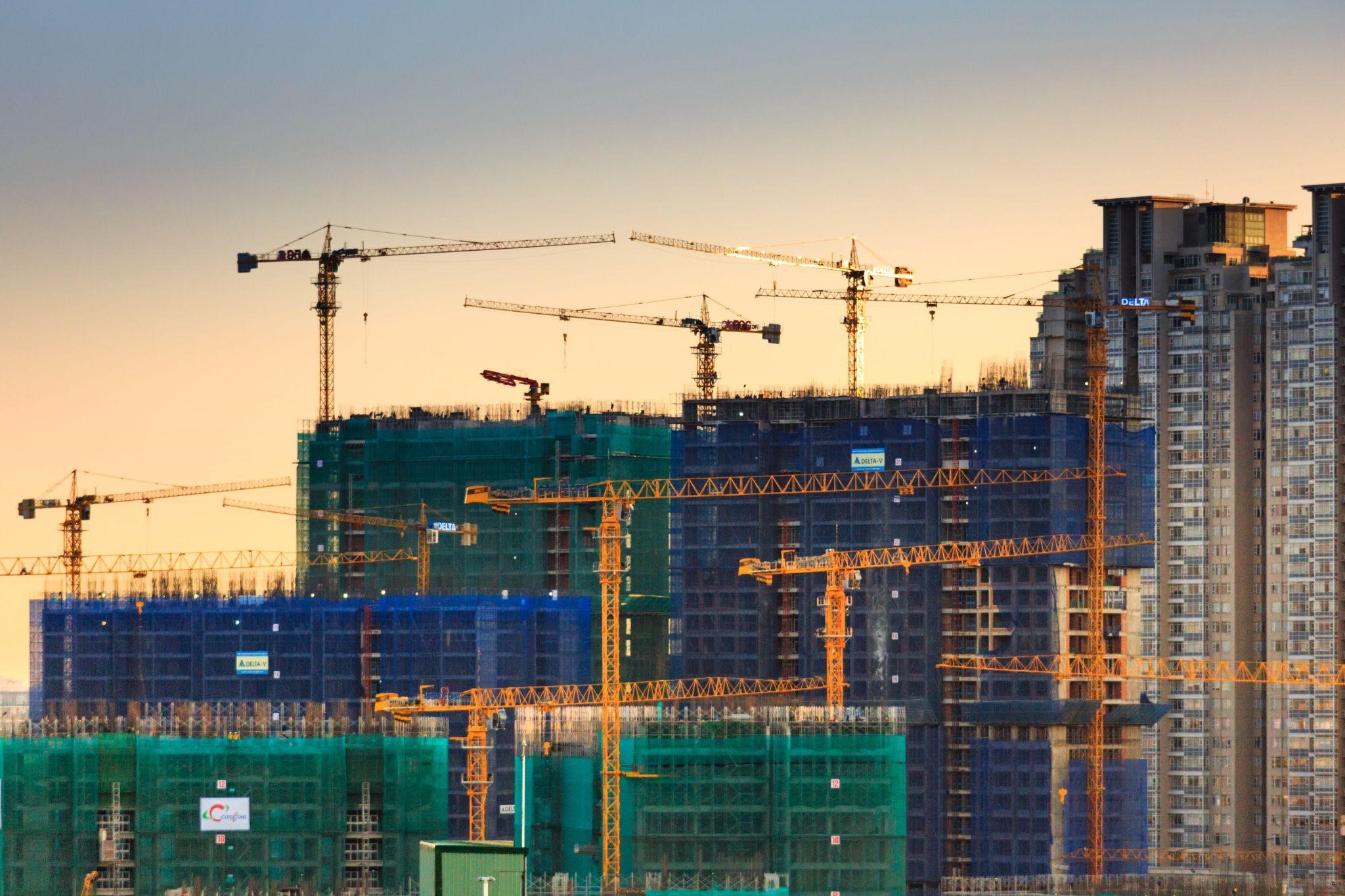Construction professionals and stakeholders fight tight deadlines and mounting demand daily. Situations become more severe yearly as the workforce shortage persists, water conditions cause more disruptions and power outages cause emergency action to be taken. They must take action to enhance their outage resilience despite heavy workloads. These tips secure power during unexpected events and keep operations running during outages.
The Critical Role of Power Continuity in Construction
Builders, architects and engineers cannot afford costly, time-consuming delays. Outages lead to unpowered electric fleets, reliance on manual tools and dependency on backup systems. Power continuity does more than keep work moving — it enhances employee safety, budgetary compliance and schedule adherence.
Weather events from wildfires to floods threaten grid stability, even for temporary solutions on jobsites. They have caused construction agencies to change how they construct homes so they are more likely to withstand natural forces.
More firms are implementing on-site backup resources like generators and batteries as a failsafe. Several are investing in uninterruptible power systems to protect their organizations, while others are preparing for regulatory emphasis to shift to emergency preparedness, especially for larger projects.
Maintaining power continuity also lowers recovery times and costs after weather events. Hazardous storms can destroy in-progress builds, wasting resources and damaging the environment. Therefore, preventing outages is also a sustainability concern, primarily by leveraging low- to no-emission options.
Understanding the Causes and Consequences of Power Outages
Stakeholders who know the most persistent threats can prepare for the most likely deterrents to project progress. They can include, but are not limited to:
- Main grid issues
- Traffic collisions
- Animal influences
- Planned outages
- Equipment failures
- Unexpected weather
- Operator error
- Cyberattacks
- Equipment overloads
- High energy demands
Proactive emergency planning lowers the influence these factors have on a build. One outage can create a domino effect, taking resources and time away from upcoming clients. It can also lead to outages nearby, as a recent construction fire did in Provo, Utah.
Key Components of an Effective Emergency Power Plan
Construction companies must establish a thoughtful emergency plan as soon as possible, especially before some of the most extreme weather seasons of the year hit.
Site Assessments and Risk Analyses
Before a project begins, surveyors should review the site for any potential risks. Any identifiable ones should have a plan of action. For example, the project must supply battery storage if grid access is questionable. Organizations should have energy-as-a-service assets available to cut dependence on external power generators.
Safety officials can recommend how to proceed if environmental concerns present electrical challenges. These overviews lower surprise outages while encouraging proper documentation for compliance.
Smart Solutions for Reliable Backup Power
The Internet of Things, sensor-based technologies, hybrid power systems and cloud computing are invaluable assets to construction entities. They provide constant oversight and data analysis to anticipate incoming power threats. They can also have automated protocols to switch to backup resources so no service interruptions occur.captechu.edu/…/predictive-analytics-preventing-construction-disasters
Implementation and Stakeholder Collaboration
Integrating a responsible emergency plan is multifaceted. While maintaining the jobsite’s integrity, it should always focus on worker safety first, keeping them away from danger even if the lights are on.
A holistic plan demands collaboration from multiple stakeholders, including utility providers, suppliers and contractors. This way, every contingency is equally considered. After drafts are complete, teams can practice drills and receive training on executing emergency power strategies.
Building Resilience for Future Projects
Construction needs are too high for workers to go without power. Fortunately, innovators have crafted many backup plans for firms to deploy at scale. They keep projects moving and employees safe, even if the surrounding area is experiencing an outage. Teams must work together to learn how to respond and work around power outages so they may continue building resilient structures for the next generation.

